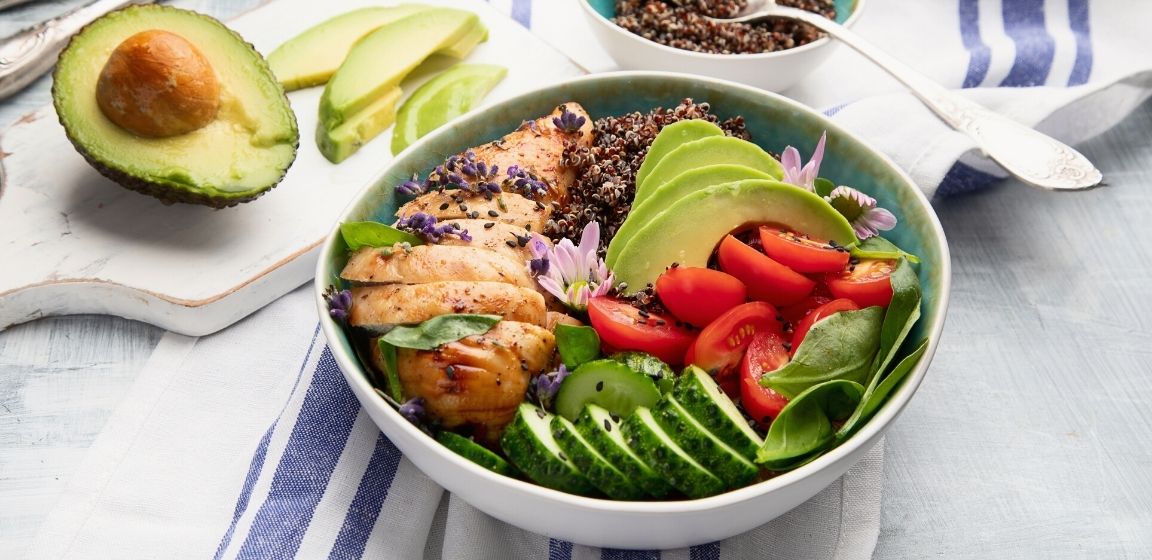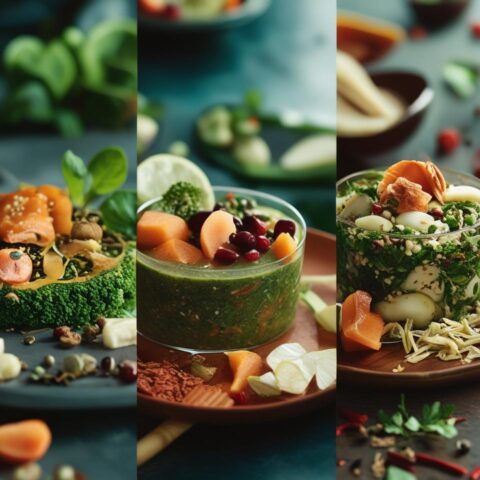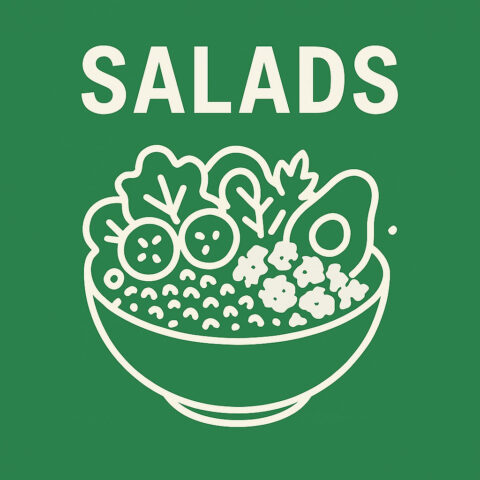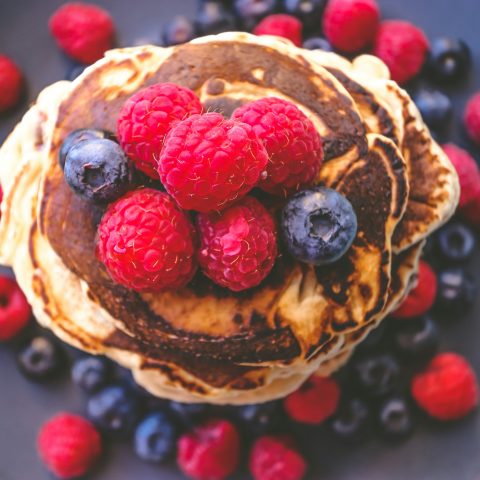Not everything is always as it seems. You may have heard about the rise of low-carb diets—keto, perhaps—but you have to consider the big picture outside of the carby context. Research generally highlights that the unrefined whole grains found in Mother Nature are vital nutrients for our bodies, providing necessary vitamins, minerals, dietary fiber, and health-promoting compounds.
Akin to eating a rainbow of fruits and vegetables, individuals also benefit from consuming a range of whole grains. Avoid limiting yourself to one or two to a plate. Each grain is versatile for use in healthy recipes, but varying types of whole grains provide opportunities to explore a wider array of textures, flavors, shapes, and forms. Let’s take a closer look at how to join the whole grain movement. Here are a few out-of-the-box ways to add whole grains to your diet.
Ladle of Contents
Switch Up Snacks: Toasted or Popped Varieties
Thinking outside the box of traditional cereal or bread provides a bountiful potential for nutritious and delicious options. Enjoying whole grains as a snack is easy with a simple switch-out: trade bagged refined chips and crackers for air-popped popcorn, brown rice cakes, or rye or whole-wheat crackers. For a tasty crunch during dinner, you can add a toasted whole-grain topper to your favorite casserole, pasta, or protein instead of bread crumbs.
Buddha Bowls: Bases for Salads or Medleys
These days, consumers can experiment and begin new relationships with diverse food groups. Grains and greens are a popular mix that many food aficionados and health nuts give a shot. Building a salad with a whole grain base is one of the out-of-the-box ways to add whole grains to your diet. This customizable option is also a fun form of clean eating.
To make a bowl, start with cooked brown rice, quinoa, barley, or bulgur as your filling grain; then, pile on veggies, greens, proteins, and dressing. Be sure to think outside the bottle—homemade vinaigrettes or tahini are good choices. And don’t forget to pile on seeds or nuts as toppings.
Mix, Bake, or Blend: Filling Fuel Options
Another method for incorporating whole grains into your diet is to mix them into an existing recipe or use their flours for baking purposes. A bowl of plain oatmeal may be boring, but a slew of dried fruit oatmeal recipes or oat-based desserts offers a nice change of pace. Oat flour is a wonderful alternative to all-purpose flour for bakery items or desserts, including muffins, loaves of bread, fruit crisps, cookies, and more—the possibilities are endless. Don’t forget about smoothies—grind up some oats to blend in with your fruits, veggies, protein powders, and superfoods.
Keep in mind that whole grains are relatively part of a healthy eating pattern. Instead of relying on your go-to grain options, be open to the plethora of possibilities available to add variety to your snacks and meals. These small changes and modifications can help you reap health benefits for years to come.








